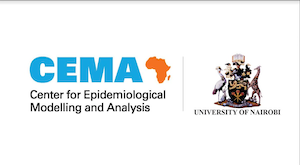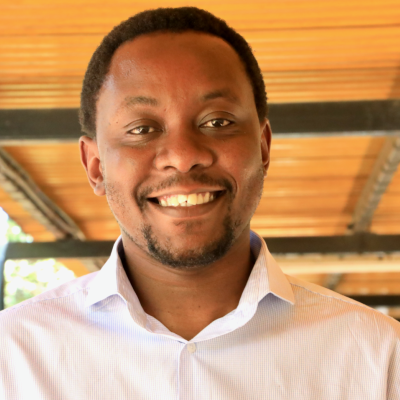Strengthening health policy modelling in Africa
Journal: The Lancet Global Health
Abstract
Applied epidemiological models have been crucial for understanding disease transmission dynamics, projecting future scenarios, and in the design and implementation of disease prevention, control, and elimination strategies.1,2 Despite the potential of models to help address public health challenges, modelling skills are seldom available or in use in Africa, which has a large burden of disease and limited resources to address it. The result is a mismatch between where the modelling expertise is concentrated (in high-income countries) and where it is, arguably, needed most. Local modellers, with a nuanced understanding of the local context, are better positioned than those from outside Africa to develop models fit for purpose, appreciate local priorities, and build trust-based relationships with decision makers, thereby facilitating increased use of modelling insights in local decision making processes. From March, 2020, to April, 2021, the COVID-19 pandemic highlighted this limited use of policy modelling in Africa. Four countries (South Africa, Nigeria, Morocco, and Kenya) accounted for 55% of all publications on COVID-19 transmission models, 42% of the countries in Africa did not publish a single paper on COVID-19 modelling, and only 12% of these published models were calibrated with local data,3 potentially limiting both the accuracy and usefulness of such model estimates.4 On the basis of our experiences leading modelling teams in Africa, we recommend that four key ingredients are required to strengthen the use of policy modelling in Africa. The first is the development of a pipeline of Africa-based modellers who work on policy models. Although many African institutions train on prerequisite subjects for modelling, such as mathematics, economics, physics, epidemiology, and public health, courses focused on policy modelling are rare. Except for International Clinics on Infectious Diseases and Data courses, most other modelling courses are concentrated in high-income settings and are often inaccessible to researchers in Africa due to high tuition and travel costs as well as difficulties obtaining the necessary visas. Investments in high-quality policy modelling courses without language and cost barriers are needed. Building such skills requires longer term exposure than 1-week or 2-week workshops provide. The training should include the co-design of models with the end users, and how to communicate model insights in ways that inform policy actions. The second key ingredient is strengthening local and regional centres of excellence on policy modelling. Modelling is a growing field that requires an enabling environment with a critical mass of modellers to foster development, advancement, and use of models. In settings where generation and use of modelling insights is most advanced, there are centres of excellence and research networks focused on training, building, and using modelling skills to address public health questions. Modelling skills are required in multiple sectors. Some, such as the financial sector, offer incentives that make retention of the modelling talent in the health sector challenging. The centres of excellence can help address this by providing modellers with opportunities for career growth within academic or research institutions. They also provide well defined structures for health ministries or implementers of health programmes to engage with modellers. This is important for addressing the relative imbalance in diversity of voices that contribute to health policies locally and globally. For example, the African region accounts for only 25 (3%) of the 797 currently active WHO Collaborating Centres, 14 (56%) of which are in South Africa. The third key ingredient is strengthening the demand and use of modelling insights for health decisions. Even where modelling expertise is available, there are multiple barriers to translating modelling evidence to informing health decisions. These barriers to be overcome include limited awareness among decision makers about what models can and cannot do, modellers addressing questions that are not relevant to policy, and poor communication of model assumptions and limitations. The solution to overcome these barriers should include commitment to the co-creation of models allowing for routine iterative engagement between modellers and decision makers. We argue for deliberate placement of modellers within health departments, and in-service training and fellowships for health leaders to critically engage with model-based evidence. Finally, we advocate for the establishment of systematic structures at national, subnational, and health programme levels to integrate modelling insights into routine health decision making. These structures should extend beyond emergency situations, such as the COVID-19 pandemic, to consistently incorporate modelling expertise into health programmes during non-emergency periods. Modelling that accrues public health benefits is unlikely to be a quick fix for African countries, which are at varying stages of the modelling capacity continuum.5 Strengthening policy modelling in Africa will be a marathon, not a sprint. Prioritising sustained domestic and international investments in policy modelling is crucial for safeguarding and accelerating attainment of health goals and saving lives.


